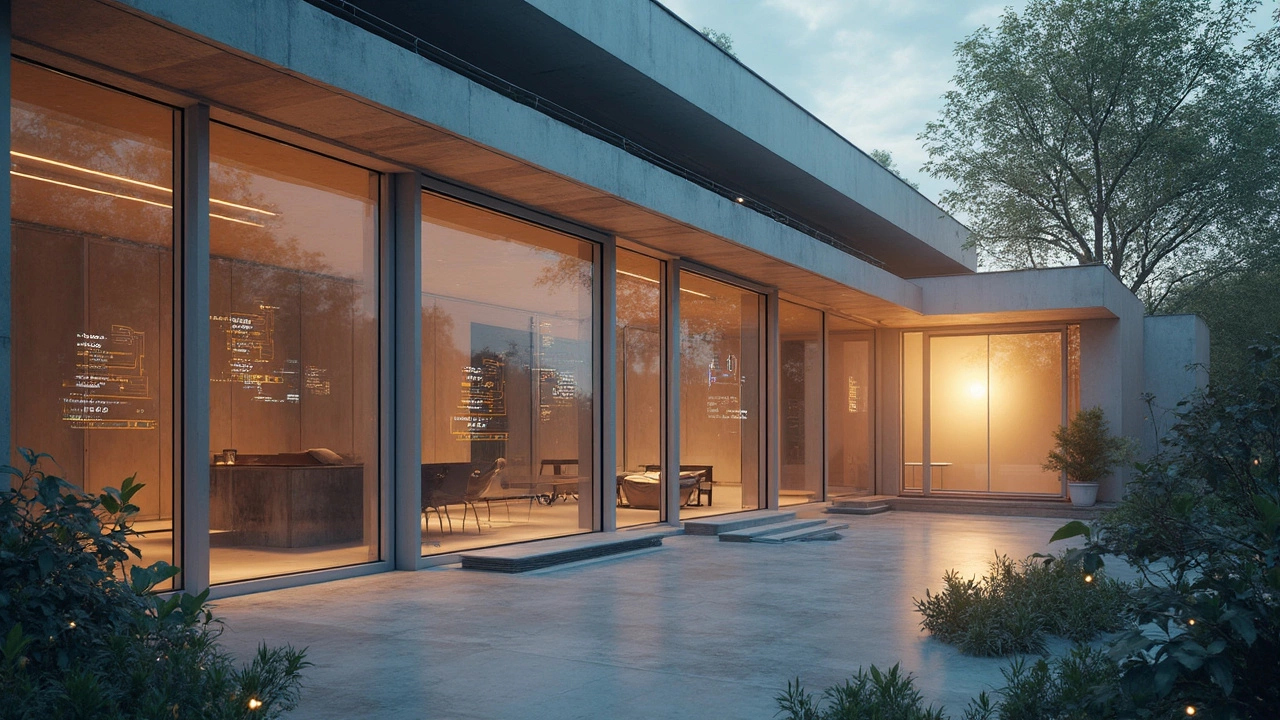Ever wonder why a cheap camera or a new smart lock feels great until it stops working? Most of the time it’s not the product itself, it’s the hidden risk that comes with it. Below you’ll find the everyday dangers that bite homeowners and easy fixes you can apply right now.
Security cameras look tough, but where you mount them can turn them into a privacy nightmare. Pointing a camera at a neighbor’s garden or a public path can land you in legal trouble, plus it gives thieves a clue about where you’re not watching. Keep cameras away from windows that face public spaces and aim them at your own driveway or side gate.
Outdoor floodlights and security lights are great for scaring off intruders, yet many people install them too low or too high. Too low and a cat can trip the sensor, too high and the light spills over the street, creating glare that reduces the camera’s night vision. Plant the light at about 7‑8 feet high, angle it down 30 degrees, and you’ll get a clean beam that both lights the area and helps your camera see clearly.
Doorbells with video are handy, but they’re also a favorite target for vandals. Thieves can jam the Wi‑Fi signal or even pry the unit off the wall. Use a model that locks into the mounting bracket, and pair it with a battery backup so a power cut won’t shut it down. Adding a small, hidden shield around the front can keep a screwdriver away.
Weak Wi‑Fi encryption is the silent killer of many smart homes. If you’re still on WEP or an old WPA protocol, anyone in the neighborhood can tap into your camera feed. Switch to WPA3 or at least WPA2 with a strong, random password – think 12+ characters, mix of letters, numbers, and symbols.
Most smart cameras store footage in the cloud. Free plans often delete videos after a few days, and some providers sell the data to third parties. Choose a service that offers end‑to‑end encryption and lets you keep footage locally on a microSD card. That way you control who sees the video and you avoid subscription fees.
Don’t forget the backup power. A blackout can knock out internet routers, turning even the best cameras into paperweights. Plug your router and main hub into a UPS (uninterruptible power supply) so you stay online for at least an hour. It’s a cheap insurance policy that keeps your eyes on the property when the lights go out.
Finally, keep all firmware up to date. Manufacturers release patches for bugs that could let hackers take over a camera or doorbell. Set each device to auto‑update, or check the app weekly for a notification. A few minutes of maintenance saves you from months of exposure.
By looking at where you place hardware, tightening your Wi‑Fi, and protecting the data you generate, you cut the biggest security risks without spending a fortune. Start with one camera or one doorbell, apply the tips above, and watch the peace of mind grow.

Smart homes offer convenience and improved quality of life, but they come with their own set of drawbacks, particularly in terms of security and privacy. This article examines the potential negatives of smart home technology, such as vulnerability to hacking and personal data exposure. Learn about common threats, real-world incidents, and practical ways to enhance your home’s security. Understand the balance needed between embracing technology and protecting personal safety.